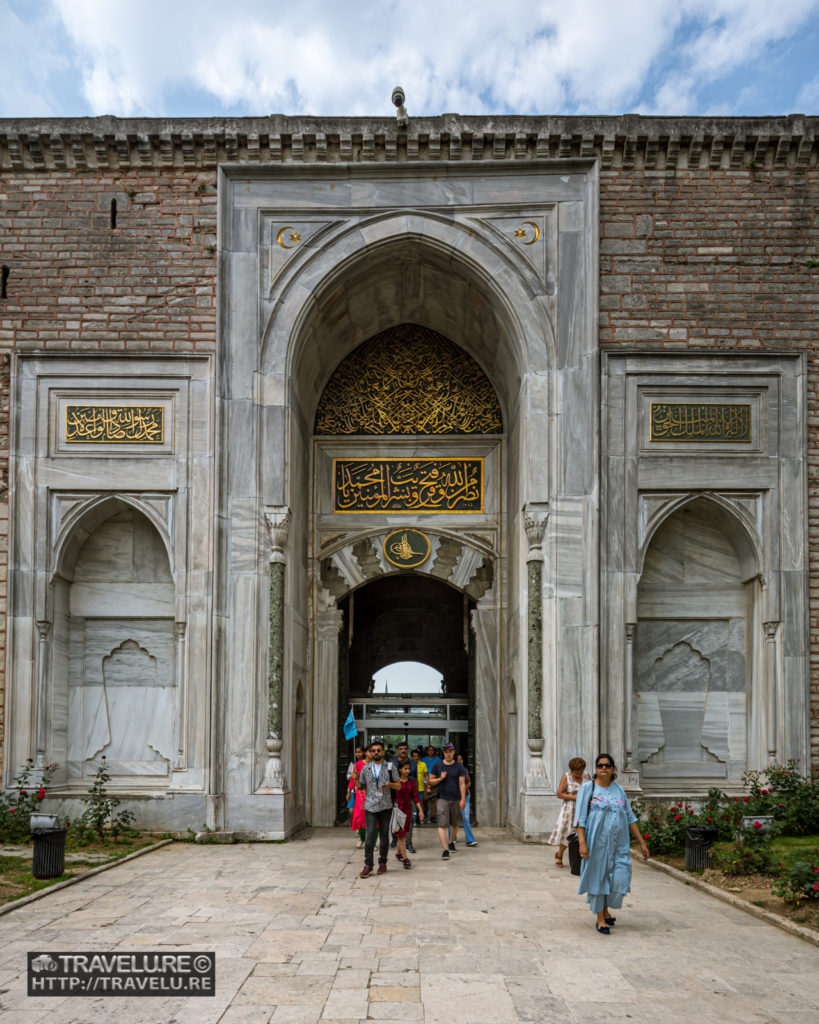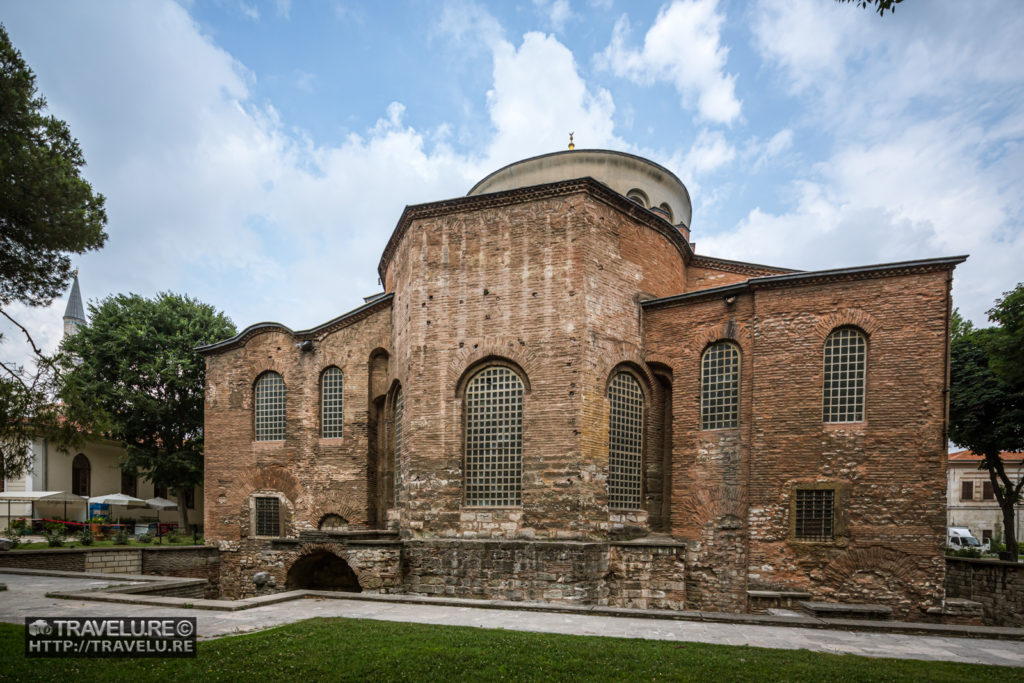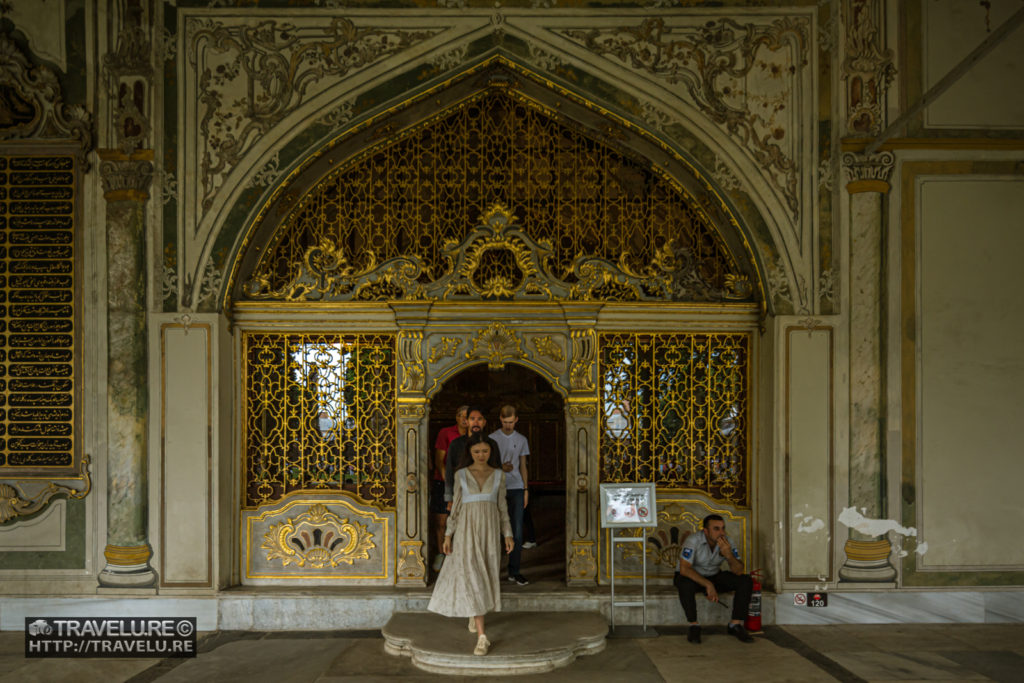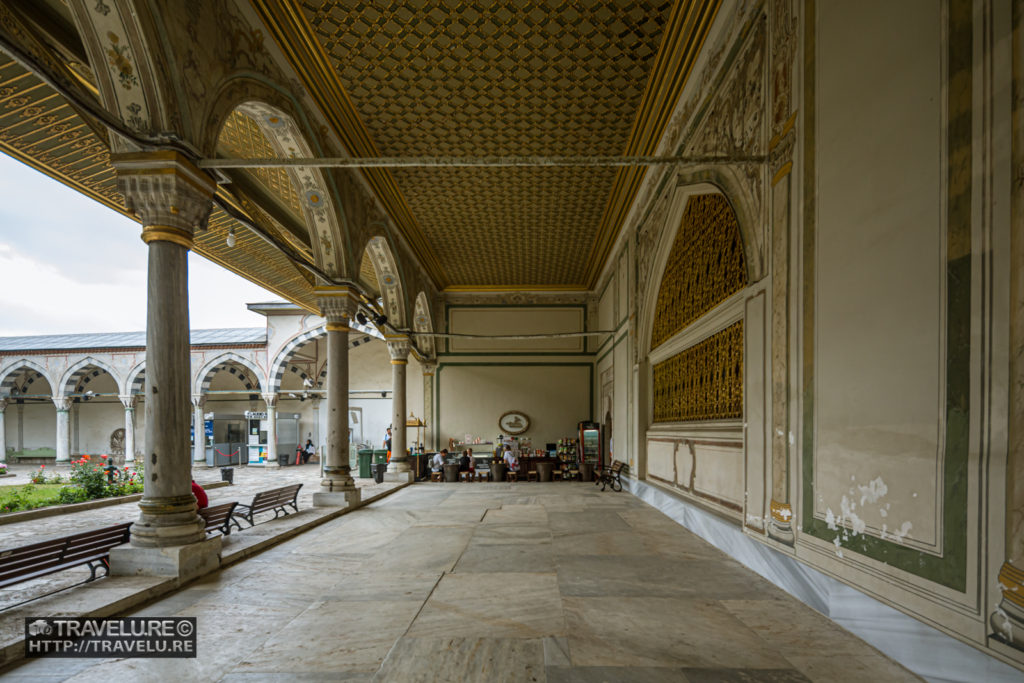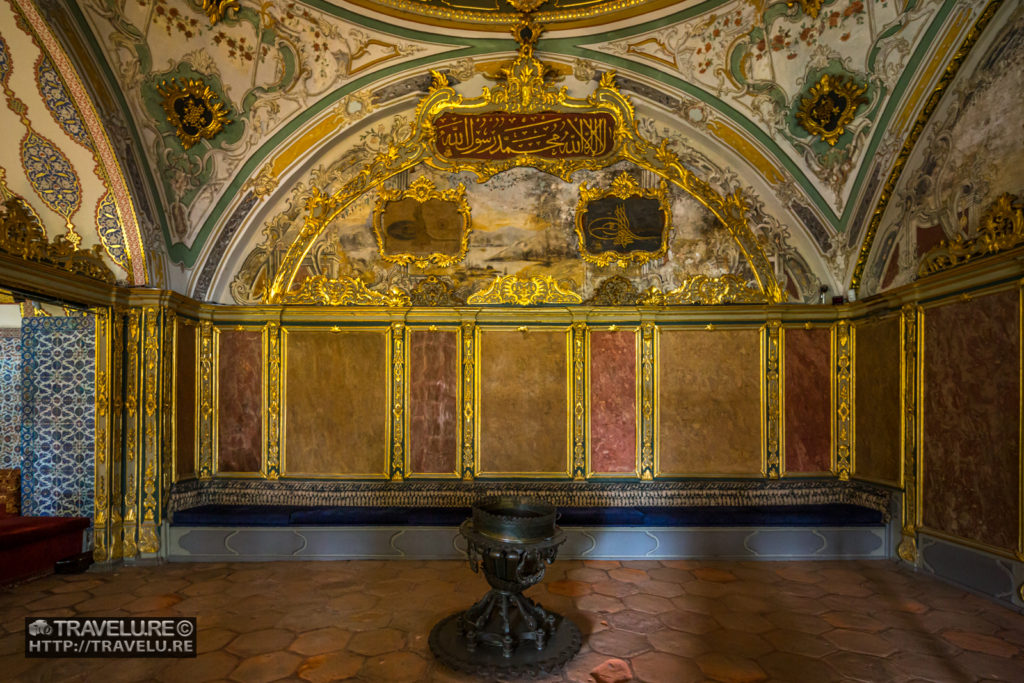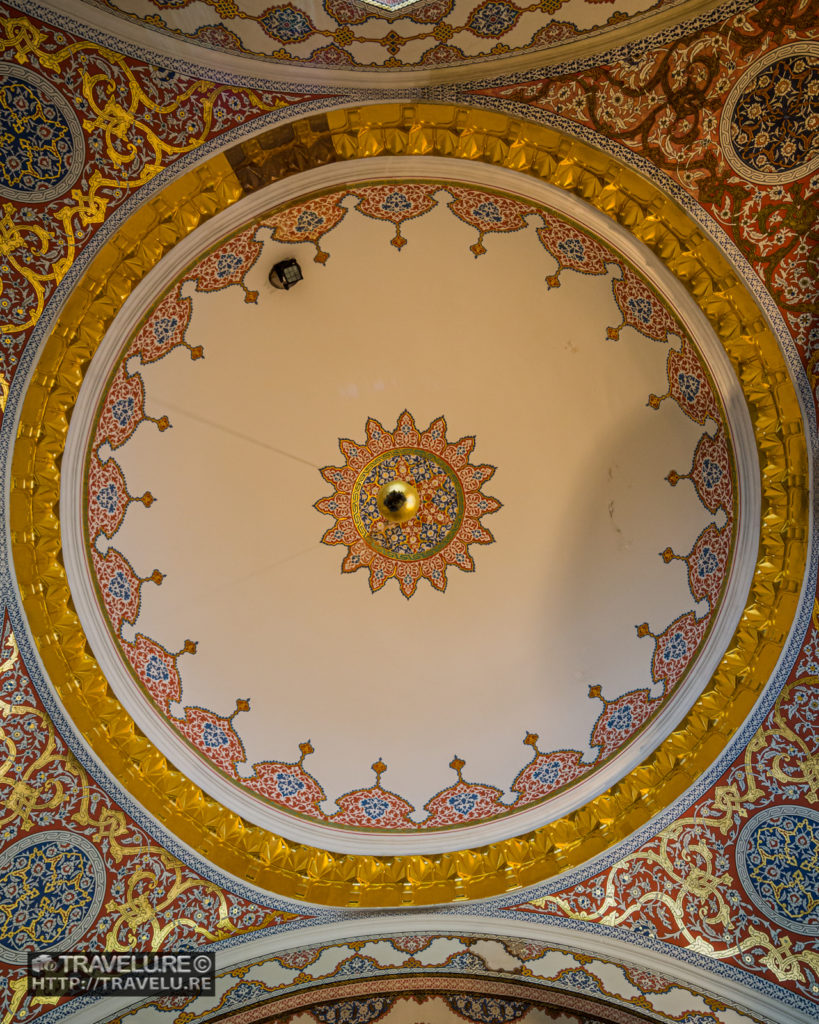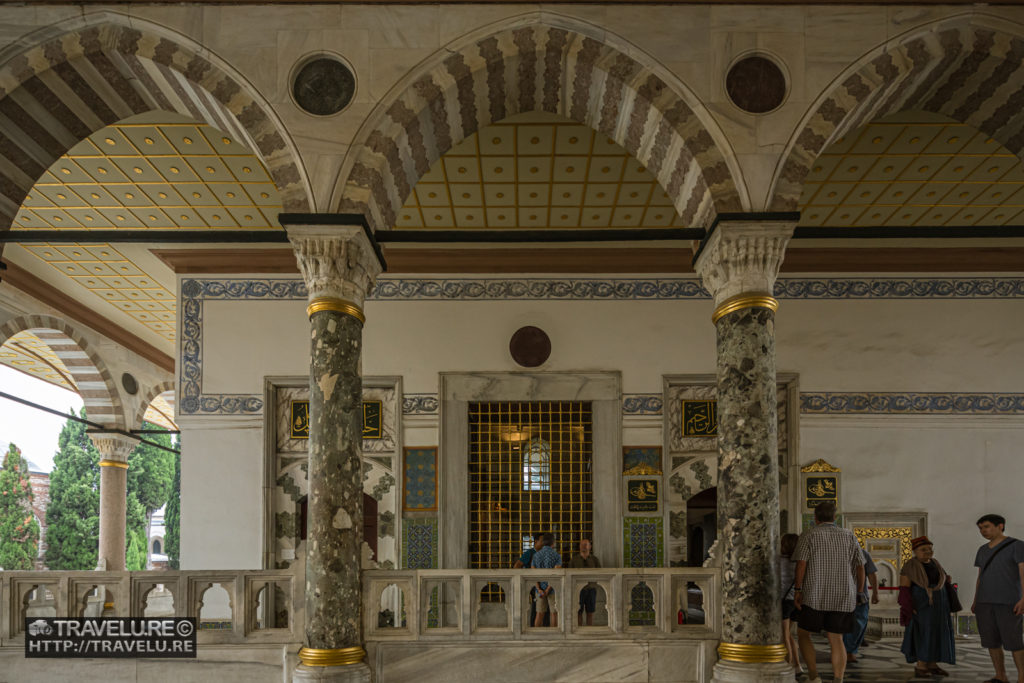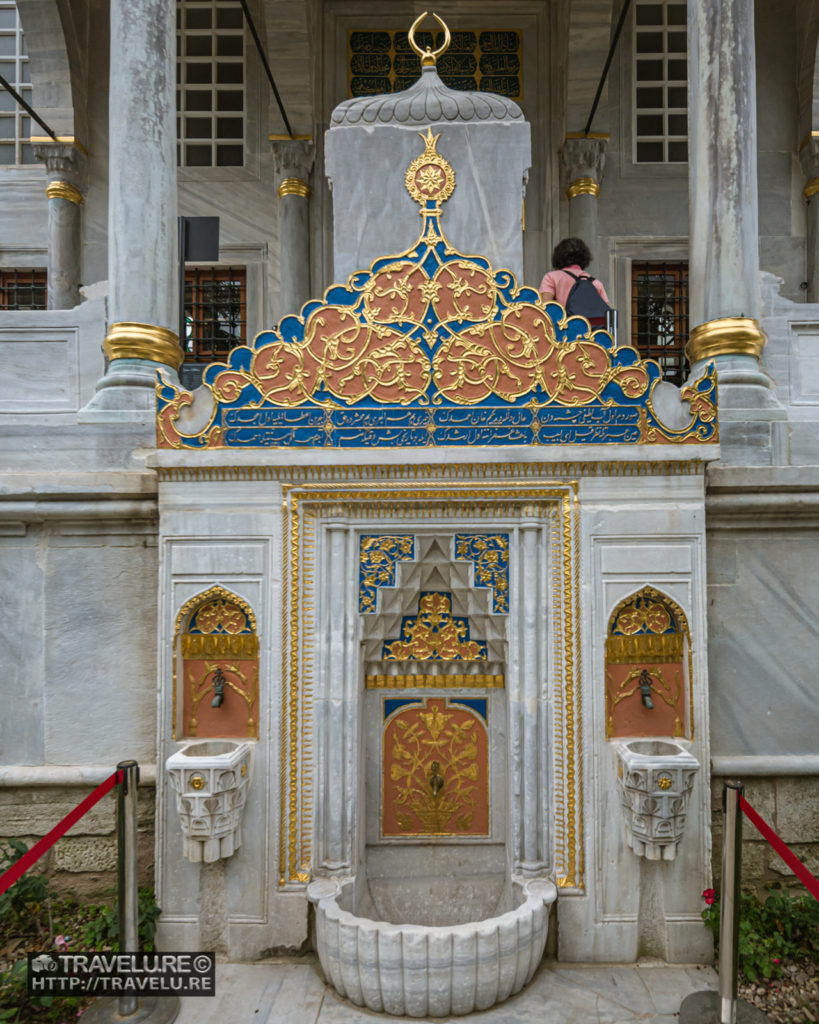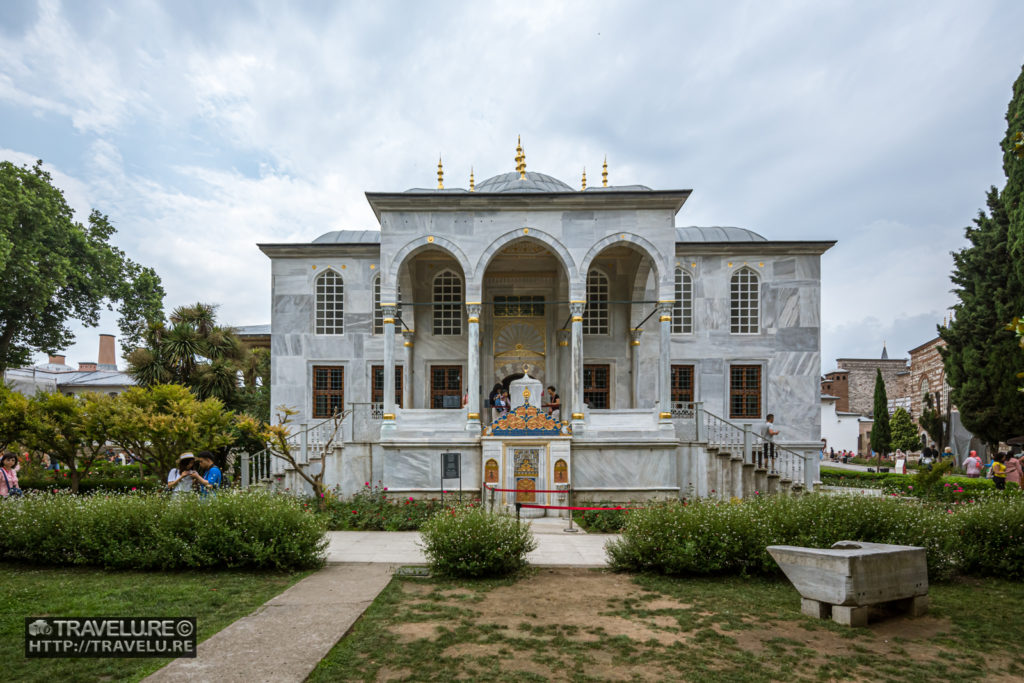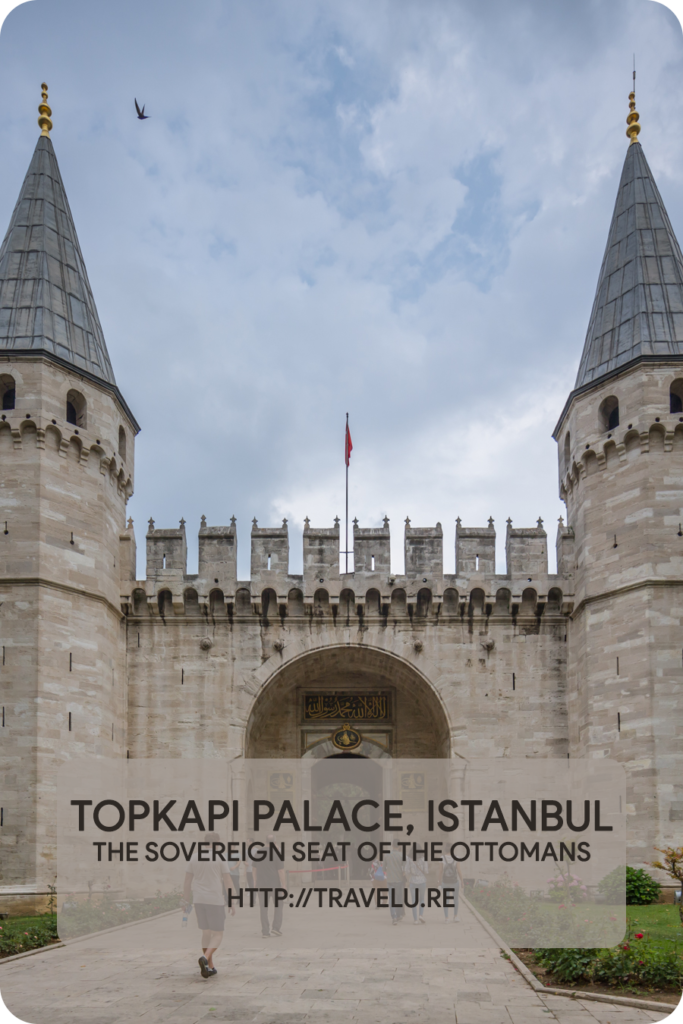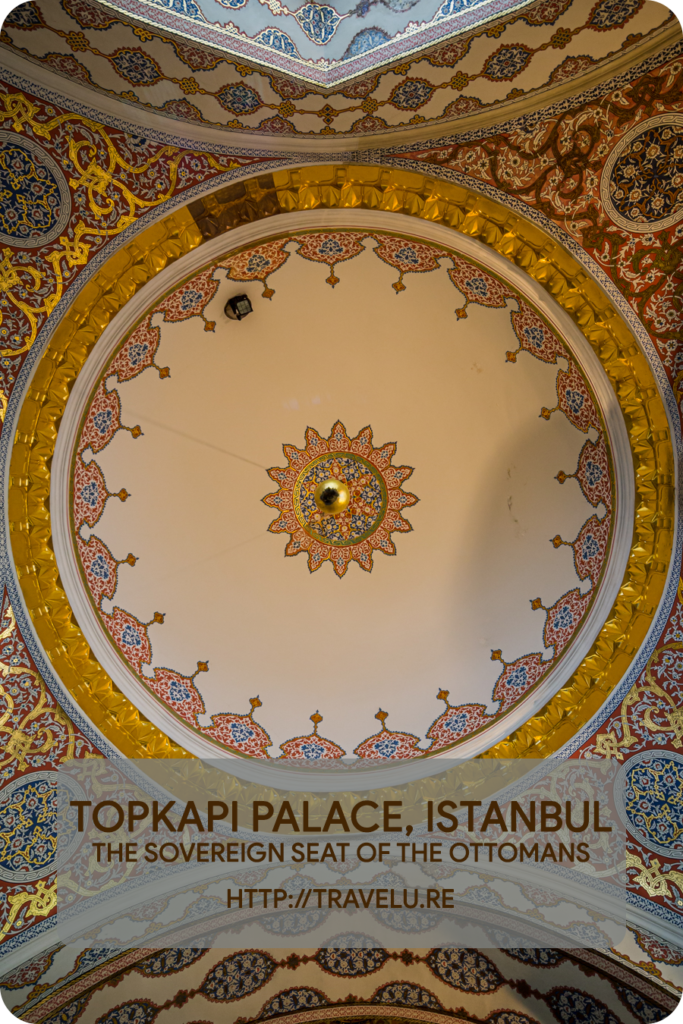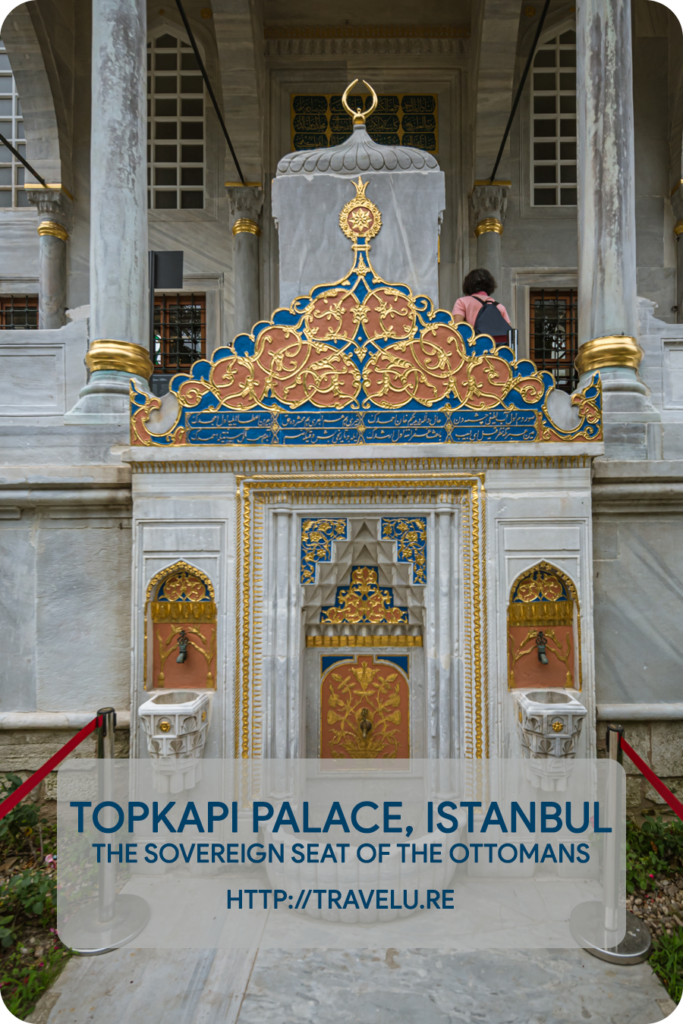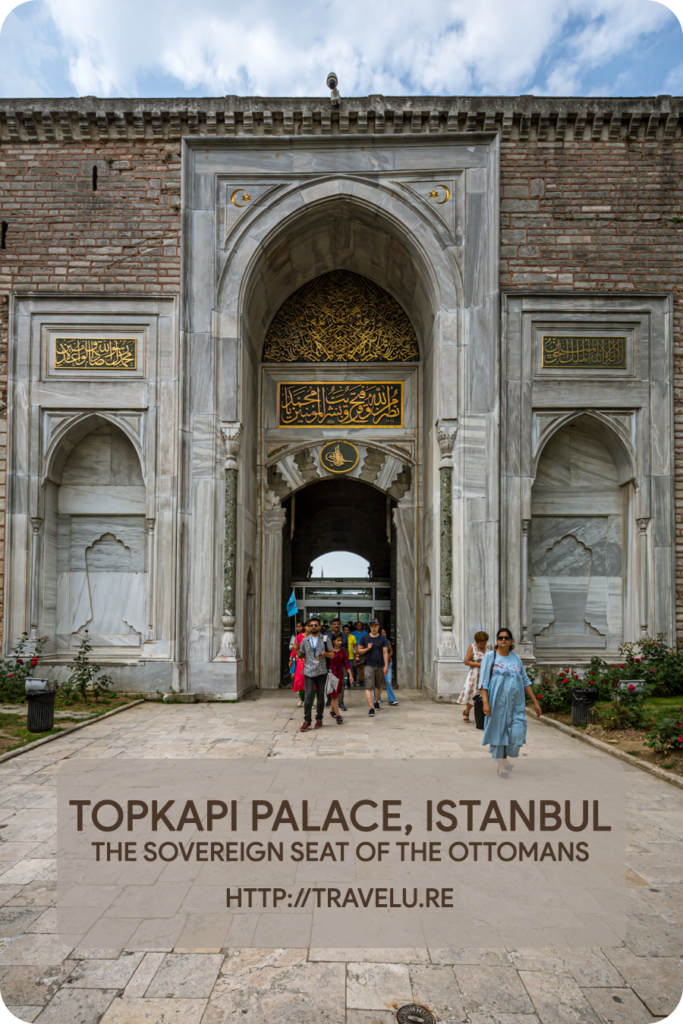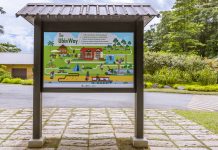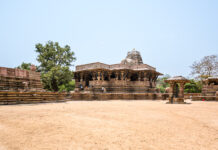Topkapi Palace – The Sovereign Seat of the Ottomans
Before coming to the 5Ws and 1H of the Topkapi Palace, we need to get some things straight. Those factoids will clear any haze you may have about Topkapi Palace. Modern-day Istanbul, in the words of many writers, sits at a perfect juxtaposition of the East and the West. It started as a small settlement over a single hill on the peninsular tip that oversaw three waterways. Like today’s startups, they chose the location for founding a city based on strategic considerations and topography (well, in a larger sense).
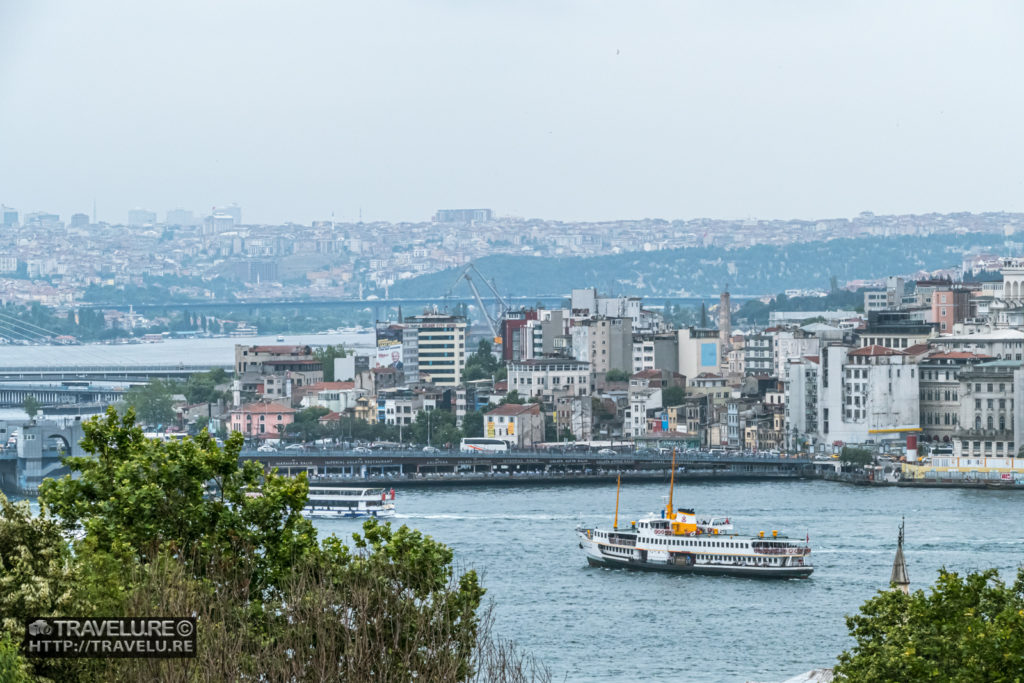
Over the next few centuries from the 7th century BCE, Byzantium (Constantinople) spread to seven hills to claim a legendary status. For legendary cities, the topographical consideration to be on seven hills was an absolute must. When the Ottomans took over the city, they abandoned its many past palaces. It was ironic the young ambitious Sultan Mehmet II chose the location where the city was founded to build his new palace – the Topkapi Palace.

The Layout of Topkapi Palace
Built in the mid-1470s, Sultan made this palace his sovereign seat for his vigorous, expanding empire spread over the three continents. The palace was not just an imperial residence, but also the seat of his government. This duality of functions influenced the spatial components of the palace. And, it is. also a part of the historic areas of Istanbul, a UNESCO-inscribed site.
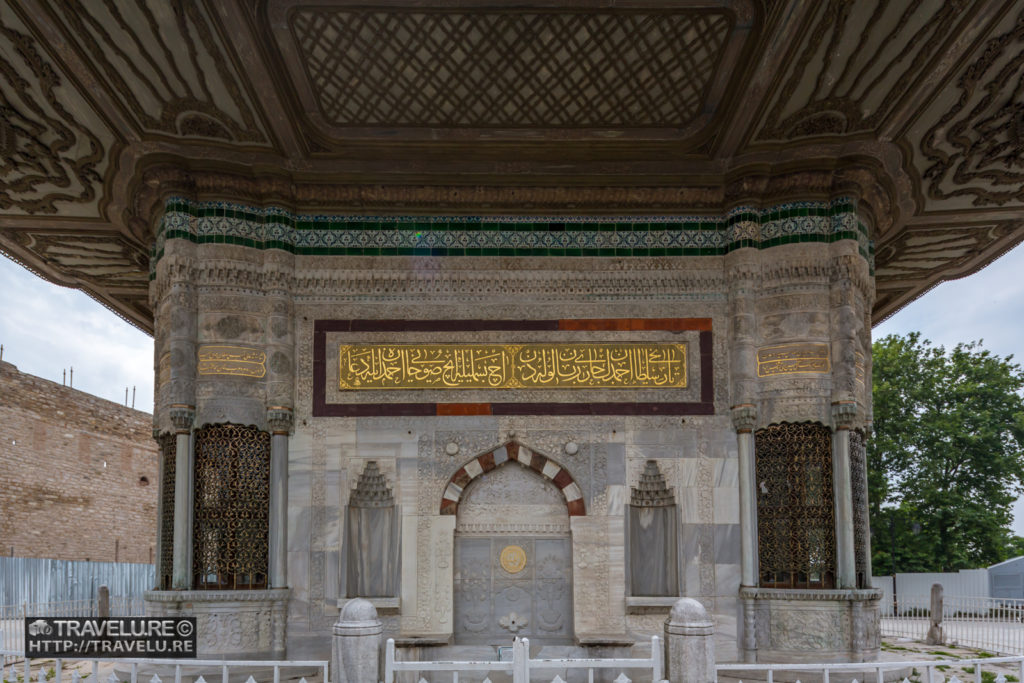
The palace complex comprised four courtyards. These courtyards defined the public, semi-public, or private zones, and hence acted both as integrating and segregating sections. The outer-most, accessible to all, is the first courtyard.
You walk alongside Hagia Sophia and cross the Ahmet III fountain to reach Imperial Gate, the entrance to the first courtyard. The public could walk into the first courtyard to give a petition to the government offices located here. This courtyard has some stone niches that used to display the severed heads of criminals. The left of the courtyard houses an 18th-century red-brick building – the erstwhile mint.
The Second Courtyard
Its entrance is a castle-like gate – the Gate of Salutation. Only the emperor could ride through this gate on a horseback, while others had to dismount before entry. Marked by the Tower of Justice (the Imperial Divan) and the Treasury Building, this courtyard was the fountainhead of decisions that ran the empire. The Grand Vizier would preside over the meetings here, while Sultan would listen in from behind a gold screen.
The entrance to the Harem was through a small door behind the Imperial Divan. Opposite the Imperial Divan was the palace kitchen. On a normal day, it churned out food for ~5,000 people, while on special days, the number of meals could go as high as ~15,000. The far end of the Courtyard has the Gate of Felicity that leads to the third courtyard.
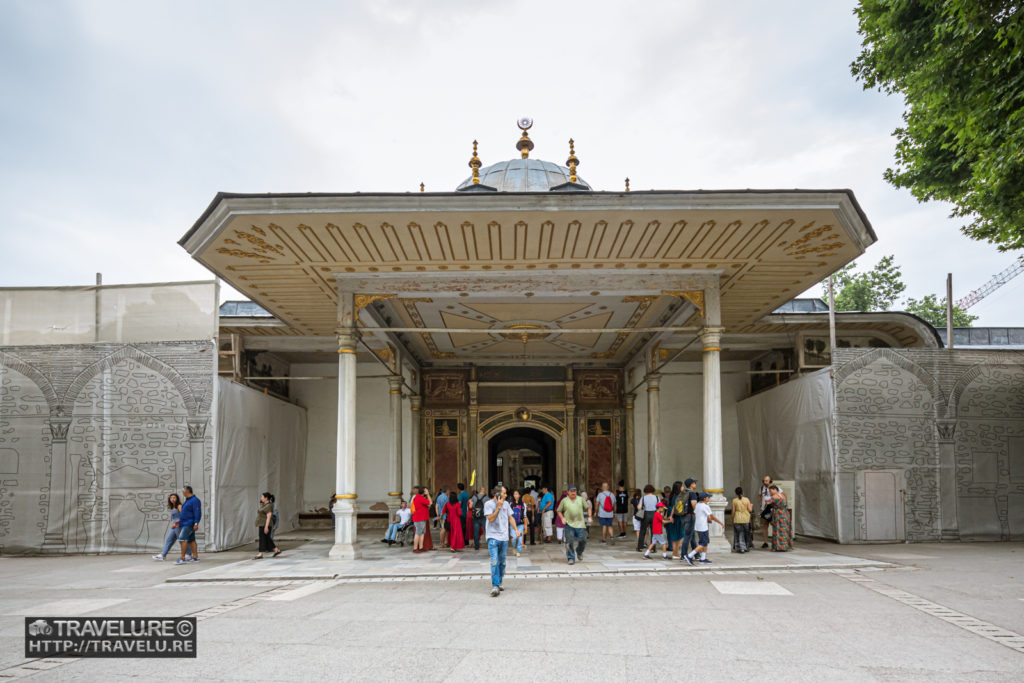
The Harem
Later-day sultans expanded this erstwhile modest building to contain almost 300 rooms. The Harem’s Imperial Hall hosted entertainment programmes for the imperial family and their guests. While Sultan and the men would sit in the hall, the harem ladies would be on the upper balconies.
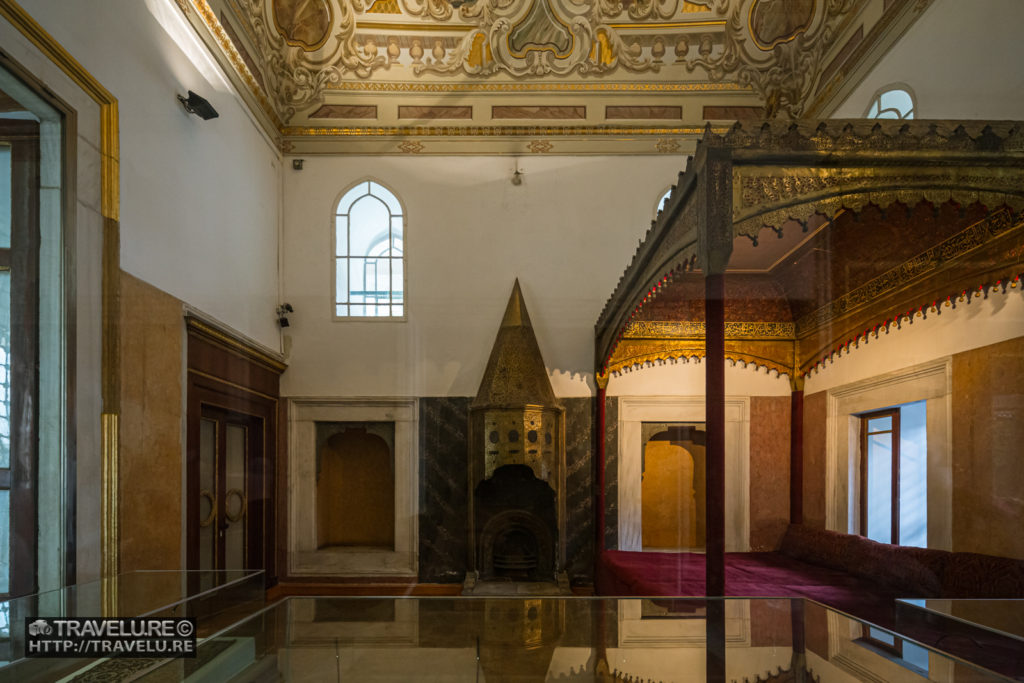
Twin Kiosks were the rooms beyond the Imperial Hall. The princes were confined here until they grew up to the throne, or were executed. This practice helped avoid unnecessary conflicts and coups that could destabilise the empire. The Turkish phrase ‘to live in a golden cage’ originated from this practice of confining the princes.
The Third and the Fourth Courtyard
Most of these were Sultan’s private areas. He could exit the Harem and reach a Rose Garden, or he could enter the Gate of Felicity to reach the Third Courtyard. Sultan’s Petition Room was next to the gate. Here, he would receive ministers and foreign ambassadors for a private meeting.
The Fourth courtyard is marked by a few pavilions. In one of the small pavilions here, Sultan would have his Iftar (fast-breaking meal) after the Ramadan Roza (fast). A couple of other pavilions commemorated the Ottomans’ victories over a few important cities like Baghdad. This courtyard offers the best view of the waterways around the palace. Being on a hilltop, it also gives a stunning panoramic view of the entire Istanbul. So, even if the history of the place doesn’t grab you, do take a tour of the palace to access the best viewing points of Istanbul!

